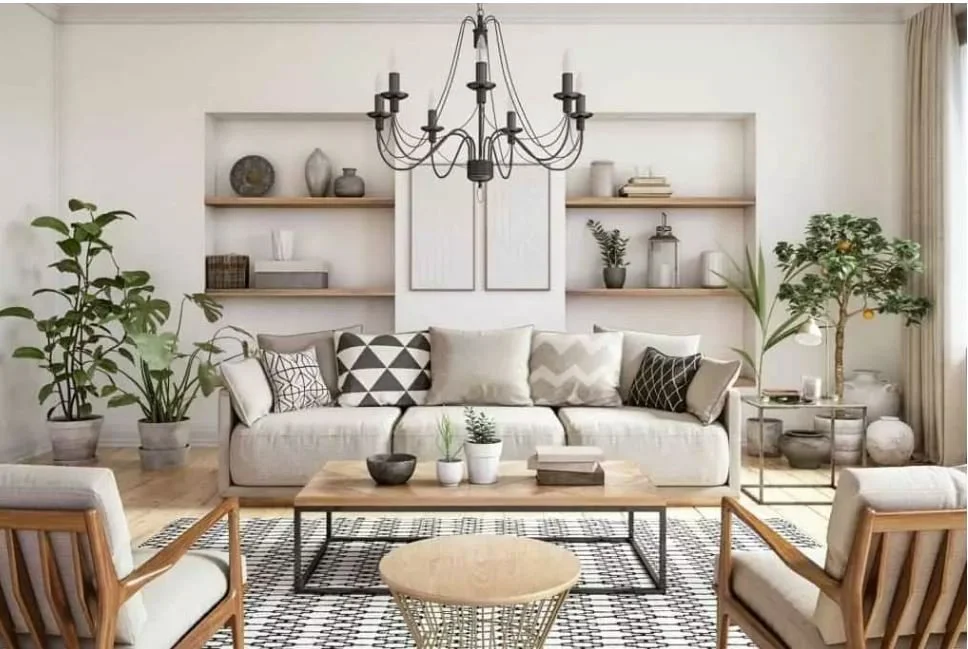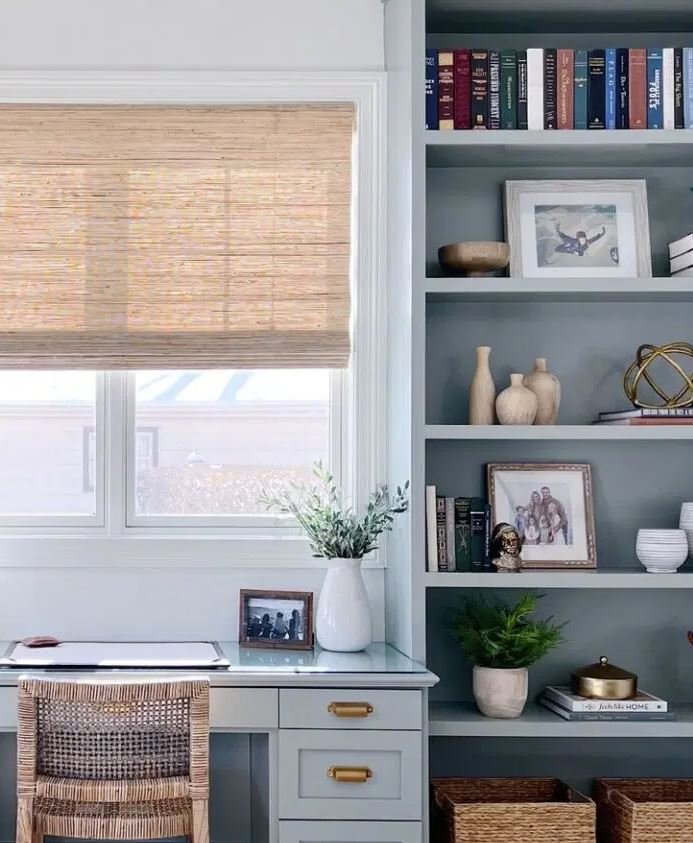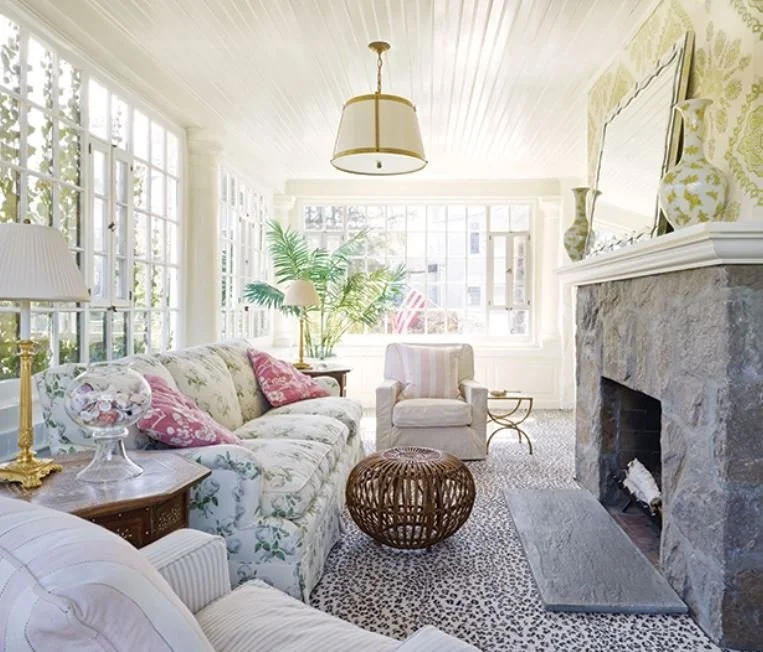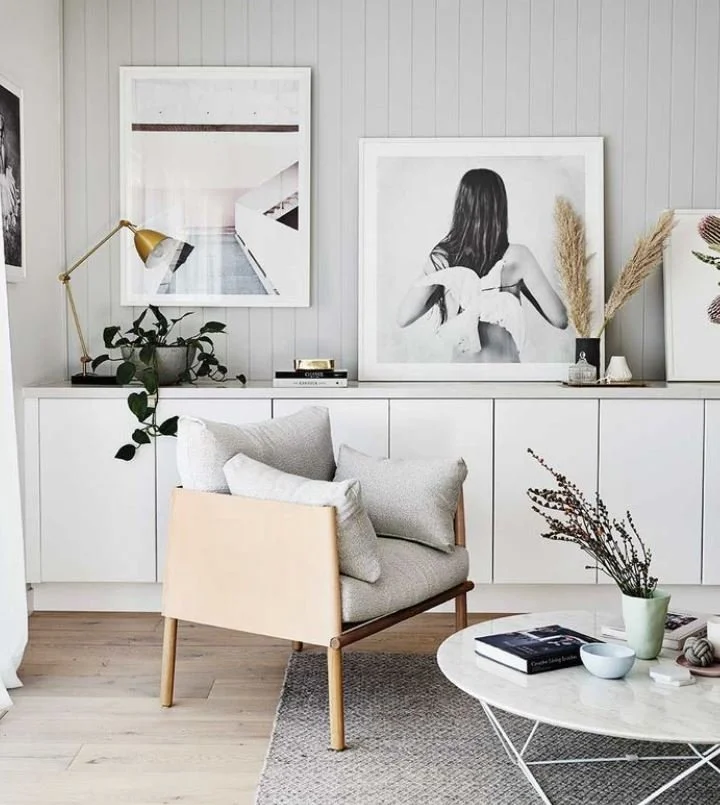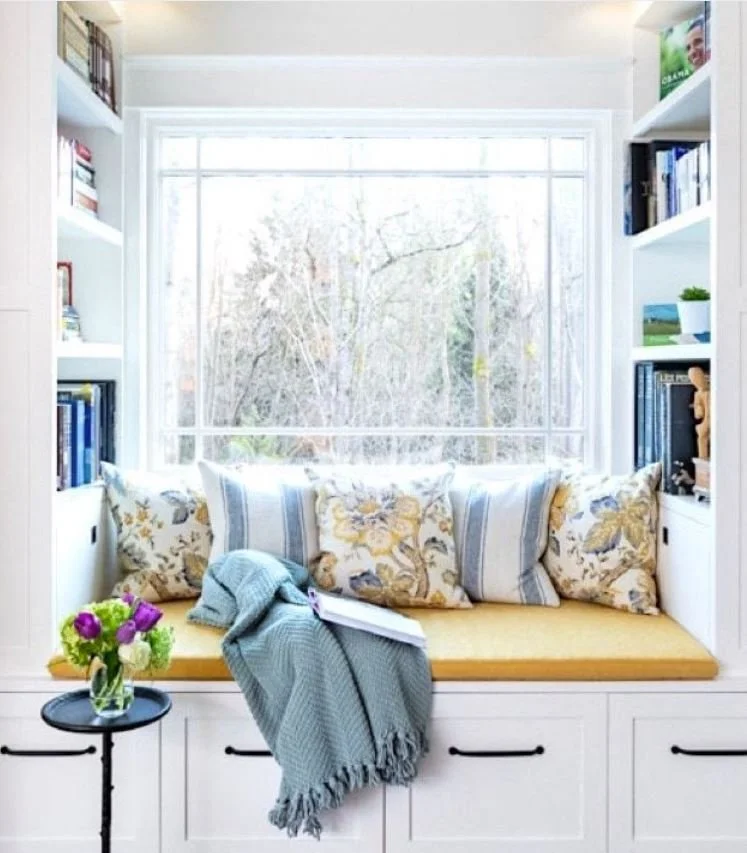6 Ways to Make Your House Feel Like Home
When I meet with a new client for the first time, we often discuss the difference between a house and a home. A house is defined as “a building that serves as living quarters for one or a few families,” whereas a “home” is a much more nuanced concept, one that has many definitions.
Over the past few years, “home” has taken on a new meaning. It has come to mean a place of comfort, retreat, and safety that holds a mirror up to who someone truly is at their essence. Our residential interior design projects reflect this importance, and we work hard to make a client’s house feel like a home. . In this article, I will share with you 6 of my favorite ways to make this happen.
Cozy Comfort
The Danes certainly got it right with “hygge,” a design style that became popular in the United States around 5 years ago. Hygge décor creates the feeling of coziness and contentment, focusing on creating an atmosphere that encourages people to come together and enjoy the good things in life. It has been an integral part of the Danish culture since the early 1800s.
You can create a hygge-inspired interior to make your house feel more like a home. Here’s what you can use in your home design to achieve this homey look:
· Natural lighting
· Uncluttered, less-is-more feel
· Natural materials
· Neutral colors
· Layered textures
· Outdoorsy elements
· Vintage furniture and accessories
· Lots of throws, cushions and blankets
Sentimental Items
One way to create a home that reflects you is to fill it with personal objects that you love, such as family photos, things you’ve collected during your travels, or art created by you or someone in your family. Your kindergartener’s first finger painting, your Uncle Dom’s oil painting when he was an art student, your first attempt at a vase in pottery class – these are deeply personal to you, serving as a reflection of who you are.
They will also bring you joy each time you see them. Glimpsing a photograph of family and friends enjoying time together will conjure up happy thoughts and bring a smile to your face. Mementos from your travels will bring back pleasant memories. Instead of posters, reproductions and store-bought decorative objects, round out your interior décor with unique items that will help turn your house into a home.
Mix Opposites And Create Contrast
A balanced room keeps you focused and centered and makes you feel “at home.” Balance is one of the main principles of interior design. It can be achieved by equalizing the visual weight of objects and evenly distributing all the elements in the room. Try doing it using shape, color, pattern, and texture.
Use a design in each room that makes it feel balanced by mixing opposites: the traditional with the modern, a minimalist design style with a warmer, rustic or farmhouse one to create a balance of old and new, cold and warm.
Then, add contrast, another principle of interest design, to create visual interest. This can be done with color, shape or use of space. For example, you can use positive space (a space filled with objects) and negative (empty) space to create contrast without crowding the room. This technique always succeeds at creating a homelike feel.
Nature
Bringing nature indoors and filling your home with living things is a great way to make your house homier. Maximize your picture windows to let in natural light and give you expansive views of the outdoors. And you can add lots of greenery and color with plants and fresh flowers.
In other words, embrace biophilia, the principle that all humans are hard-wired to need to connect with nature. Studies have shown that the ability to view nature, even from indoors, lowers blood pressure and increases productivity.
You can incorporate biophilia into almost all aspects of interior design, including materials and finishes, furniture and casework, lighting, and acoustics. Bring elements of the natural world, such as greenery, water, natural light, and the use of organic elements like wood, stone, and bamboo, into your home. The result is an internal environment that reduces stress and fosters creativity and cognitive function and makes your house feel like a home.
Art
I view artwork like clothing and jewelry. Deciding what to wear and how to accessorize is deeply personal. Not only do these personal items reflect your tastes; they also reveal something very profound about you, because they are evidence of how you see the world and see yourself within it. Choosing artwork is an opportunity for you to reflect the deepest part of yourself and express your emotions and desires. It can help connect you to yourself – your feelings, thoughts and perceptions.
Seeing artwork on your walls or on tables and other surfaces can help give meaning to your life and increase your self-awareness, not to mention simply make you feel good and at home.
Creating A Space That’s Just For You
Having our own special space in our house can contribute to making it feel more like a home. Now more than ever, we want our home to be a place where we can retreat, as well as somewhere that offers nourishment and peace.
It could be something simple, like a cozy blanket or an aromatherapy diffuser. You can carve out a private space in your bedroom with just a yoga mat and fluffy pillow, or in the living room or den with a favorite armchair or a cozy reading nook with your favorite books. Your bathroom can become a private retreat if you fill it with candles, soaps, and ultra-plush towers. Even the kitchen can be space just for you when you cook or share meals. Try an easy-to-grow herb planter, put your cooking supplies within easy reach, and get rid of the clutter. Small, meaningful details can go a long way in creating a space inside your home where you can feel comfortable and serene.


